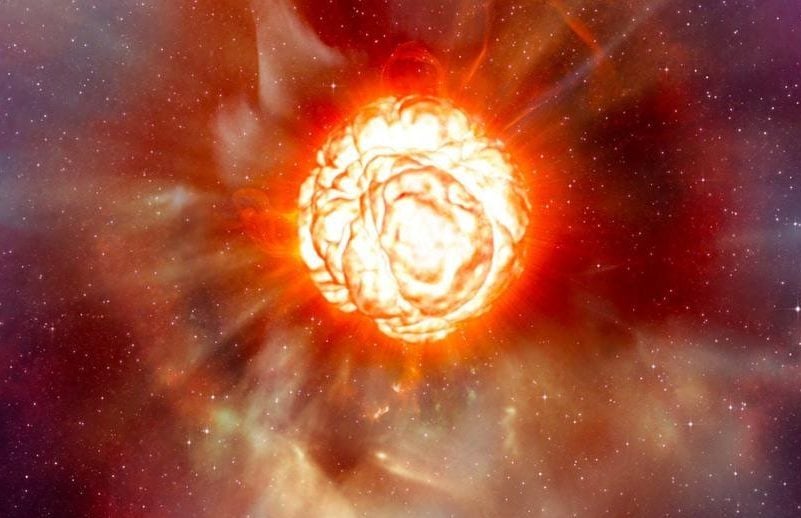Betelgeuse: The Upcoming Cosmic Fireworks Show?

Betelgeuse, a red supergiant star about 500 light-years from Earth, is nearing the end of its life. It could go supernova at any time, resulting in a spectacle visible even during the day, slightly dimmer than a full moon and lasting for months. Despite its incredible brightness, the vast distance and the inverse square law will protect Earth from harmful radiation, leaving us to enjoy a breathtaking cosmic fireworks display.
Read more

